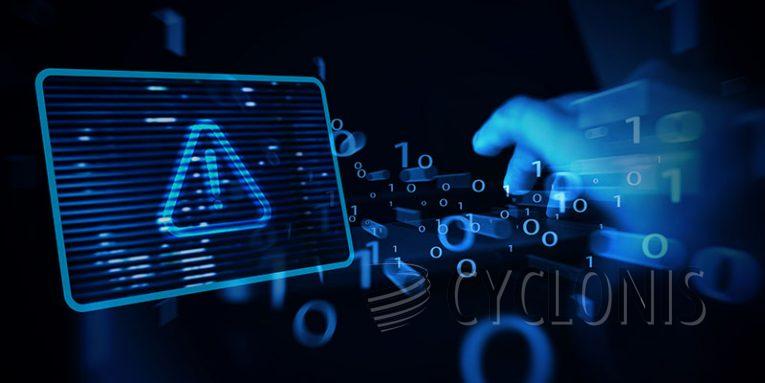Hyj Ransomware Produces Ransom Note in Russian

Our team of researchers came across the Hyj ransomware during the examination of new file samples. This malicious software is a part of the Xorist ransomware family. The malware is designed to encrypt data, demanding a ransom for its decryption.
Upon running a sample of this ransomware on our test system, it encrypted files and affixed a ".hyj" extension to their filenames. For instance, a file originally named "1.jpg" was transformed into "1.jpg.hyj," and "2.png" became "2.png.hyj," and so on for all the compromised files.
Once the encryption process was finalized, two identical ransom notes in Russian were generated – one as a pop-up window and another as a text file named "КАК РАСШИФРОВАТЬ ФАЙЛЫ.txt." It's worth noting that if the system lacks support for the Cyrillic alphabet, the text in the pop-up will appear as unintelligible characters.
The ransom note conveys to the victim that their files have been encrypted and instructs them to initiate the decryption process by emailing the attackers. The message also cautions that failure to contact the attackers will result in the deletion of the decryption keys, making data recovery impossible.
Hyj Ransom Note Composed in Russian
The full text of the Hyj ransom note goes as follows:
Ваши файлы были зашифрованны. Для того что бы расшифровать свои файлы, Вам необходимо написать нам, на адрес почты, который указан ниже.
desm4578@rambler.ru
Ждем ответа , если не получим ответа , удаляем ключи расшифровки Ваших файлов
Укажите в письме цифру 1
How Can Ransomware Like Hyj Get on Your System?
Ransomware like Hyj can infiltrate your system through various means, and it's crucial to understand these entry points to better protect your computer. Here are common ways ransomware can get onto your system:
- Phishing Emails: Ransomware is often spread through phishing emails. You may receive an email that appears legitimate but contains malicious attachments or links. Clicking on these links or opening infected attachments can initiate the ransomware infection.
- Malicious Email Attachments: Cybercriminals may send you emails with attachments that, when opened, execute ransomware on your system. These attachments might be disguised as invoices, PDFs, or other seemingly harmless files.
- Infected Websites: Visiting compromised or malicious websites can lead to drive-by downloads, where ransomware is silently installed on your computer without your knowledge. Outdated plugins or software can be particularly vulnerable to these attacks.
- Software Vulnerabilities: Exploiting security vulnerabilities in your operating system or software is another way ransomware can enter your system. Keeping your software up to date with security patches is crucial for protection.
- Unpatched Software: Failing to update or patch your software can leave your system vulnerable to known exploits. Cybercriminals take advantage of this by developing ransomware that targets these vulnerabilities.
- Malvertising: Malicious advertisements, or malvertising, can be found on legitimate websites. Clicking on these ads can lead to ransomware infections. Using an ad blocker can reduce the risk.







